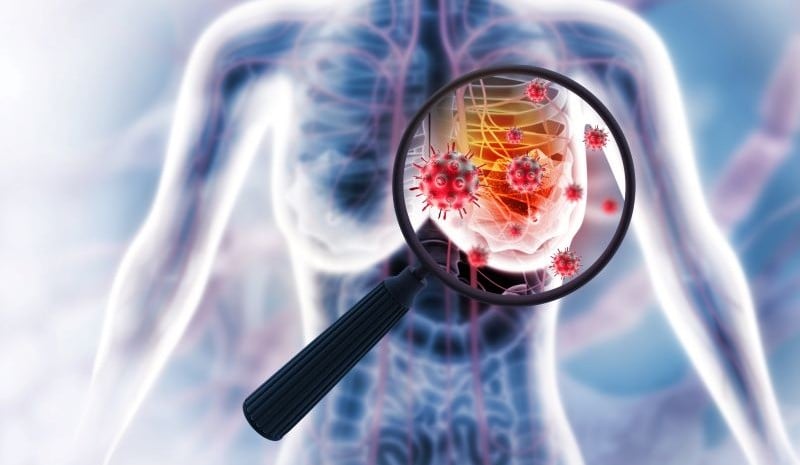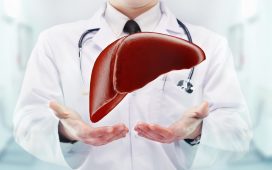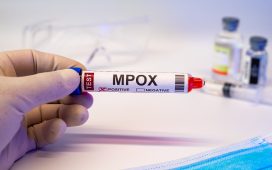Findings based on initial response with MARI (Marking Axillary lymph nodes with Radioactive Iodine seeds) protocol
By Lori Solomon HealthDay Reporter
THURSDAY, March 28, 2024 (HealthDay News) — Patients with breast cancer that has started to spread to the lymph nodes can safely avoid extensive removal of the lymph nodes with tailored axillary treatment based on response to primary systemic therapy, according to a study presented at the annual European Breast Cancer Conference, held from March 20 to 22 in Milan.
Annemiek Van Hemert, from the Netherlands Cancer Institute in Amsterdam, and colleagues examined oncological outcomes in 218 patients with pathologically proven node-positive breast cancer and more than three suspicious axillary lymph nodes who were treated according to the Marking Axillary lymph nodes with Radioactive Iodine seeds (MARI) protocol. The MARI node was excised following primary systemic therapy to tailor axillary treatment.
The researchers found that 47 percent of patients had a pathologic complete response of the MARI node and were treated with radiotherapy alone, while 53 percent of patients had residual disease of the MARI node and underwent axillary lymph node dissection plus radiotherapy. The MARI procedure had a false-negative rate of 7 percent. After a median 44 months, the axillary recurrence rate was 2.9 percent in the 103 patients who received radiation alone with no further lymph node removal. Among the 115 patients who required further lymph node removal, the axillary recurrence rate was 3.5 percent, with an overall survival rate of 90 percent and a disease-free survival rate of 82 percent.
“If we are able to predict the response based on the removal of only one lymph node, it means we can safely avoid extensive removal of the lymph nodes if no living tumor cells are left,” Van Hemert said in a statement. “This will avoid serious complications, such as painful swelling in the arm, known as lymphoedema.”
Copyright © 2024 HealthDay. All rights reserved.








